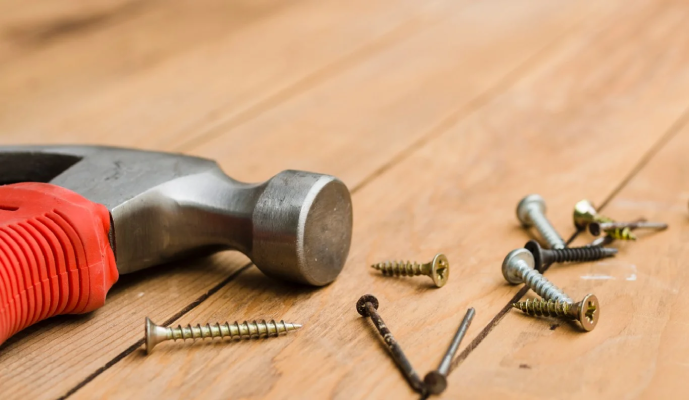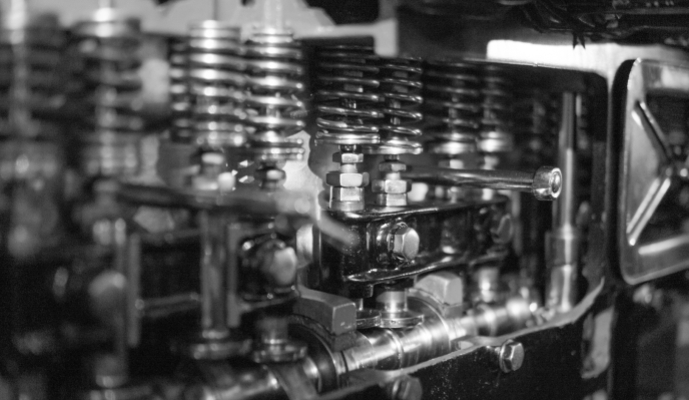Choosing and Assembly of Fasteners - Points to Remember

Every industry works with fasteners - they are everywhere and are crucial to building most products around us. And if you work exclusively with manufacturing, automotive or the construction industry, you need to be equipped with the necessary knowledge about choosing the right fastener and the best practices for its assembly.
Here, we are shedding some light on how to effectively choose and assemble a fastener.
Choosing the right fasteners
When choosing fasteners for your project, you need to ask yourself the following questions before you settle on a specific one.
Where is the fastener being used?
Fasteners can be used in products that employ regular opening and closing of their enclosures. In such cases, you need a solid and robust metal fastener. For a product with parts that will never be opened requires low-cost fasteners like plastic.
What are the specifications required?
Fasteners come in different sizes, are made from different materials and are used to perform a wide range of functions. You must understand the particular requirements of your product before choosing the fastener. The wrong fastener can result in poor performance of the product or might even cause damage to it.
Know your threads
Environmental factors can be detrimental to the health and quality of your fasteners, therefore it is important to keep these factors in mind during installation. For example, saltwater can cause your 18-8 stainless steel fasteners to rust and lose strength. Therefore, you must use the correct grade stainless steel, preferably 316 grade, when installing fasteners anywhere within a 20-mile radius of saltwater.
Use fastener lubricants
The invisible coating on stainless steel fasteners which is used to prevent oxidation can also cause the nut and bolt to weld together. This is called cold welding or galling. In order to prevent galling, a small amount of lubricant must be applied to the fastener before installation.
Avoid using stainless steel and aluminium together
In most cases, stainless steel and aluminium must not be used together. This is because using them together can cause a transfer of electrons which further results in galvanic corrosion leading to compromised integrity.
Do not mix fine and coarse thread fasteners
Fine and coarse thread fasteners are very different and have varying uses. If you try and mix the fasteners, it can damage the threading and jam the fastener assembly.
Avoid over-tightening the fasteners
Although it is important to keep the fasteners tight, great care must also be taken to avoid over-tightening the fasteners. Over-tightening can damage the threads and degrade the strength of the bolt, weakening the product over time.
Now that you know how to choose the right fastener for your product and are equipped with the knowledge on how to install it correctly, you can move onto your next fastener assembly with confidence.
At ITA Fasteners, we are manufacturers and stockers of high-quality fasteners. We also take in your requirements and manufacture custom fasteners if there is a need for it. To know more, get in touch with us at sales@itafasteners.com







